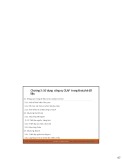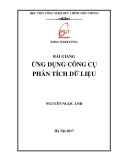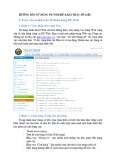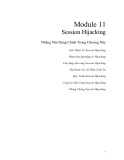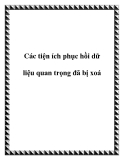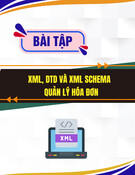
[ Team LiB ]
Recipe 6.9 Retrieving Constraints from a SQL Server Database
Problem
You need to programmatically define constraints in a DataSet and retrieve constraint
information defined in a SQL Server database.
Solution
Use the INFORMATION_SCHEMA views and SQL Server system tables to get
information about primary keys, foreign keys, and check constraints.
The sample code contains one event handler:
Get Constraints Button.Click
Uses a SQL select statement to load the specified constraint information—
p
rimary
key, foreign key, or check constraint—from the INFORMATION_SCHEMA
views into a DataTable.
The C# code is shown in Example 6-27.
Example 6-27. File: ConstraintForm.cs
// Namespaces, variables, and constants
using System;
using System.Configuration;
using System.Data;
using System.Data.SqlClient;
using System.Data.OleDb;
private const String GETPRIMARYKEYCONSTRAINTS =
"SELECT tc.CONSTRAINT_NAME, tc.TABLE_NAME, " +
"kcu.COLUMN_NAME, kcu.ORDINAL_POSITION " +
"FROM INFORMATION_SCHEMA.TABLE_CONSTRAINTS tc " +
"JOIN INFORMATION_SCHEMA.KEY_COLUMN_USAGE kcu ON " +
"tc.CONSTRAINT_NAME=kcu.CONSTRAINT_NAME " +
"WHERE tc.CONSTRAINT_TYPE='PRIMARY KEY' " +
"ORDER BY tc.TABLE_NAME, kcu.COLUMN_NAME,
kcu.ORDINAL_POSITION";









